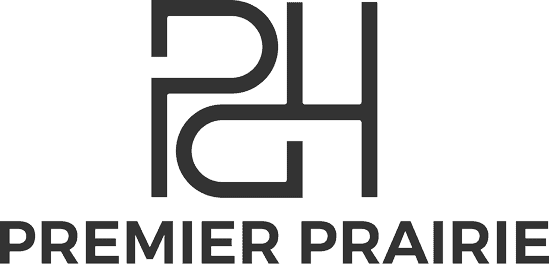As a homeowner or real estate investor in Saskatchewan, choosing between annual and month-to-month tenant agreements is a significant decision that can impact your rental property’s profitability and management. Let’s explore the pros and cons of each type of agreement, taking into account local market conditions, tenant demographics, and legal considerations.
Annual Tenant Agreements
Pros:
- Stability and Predictable Income: Annual leases provide stability and predictable rental income. This is particularly beneficial in a stable market like Saskatoon, where extreme weather conditions slow down the rental market in December and January.
- Flexible Rent Increases: Saskatchewan’s laws are favorable to landlords, in Fixed term leases ( annual ) allowing you to notify tenants of rent increases just two months before the renewal date without any limit on the increase amount. This is advantageous compared to month-to-month agreements, which require a 12-month notice period for rent hikes.
- Long-Term Planning: Annual leases reduce the frequency of tenant turnover, saving you time and money on marketing, tenant screening, and unit preparation. This is especially beneficial if you aim for a passive investment strategy with minimal effort.
Cons:
- Reduced Flexibility: Committing to a year-long lease means less flexibility to respond to market changes or personal circumstances, such as deciding to sell the property or needing it for personal use.
- Potential for Extended Vacancy: If a tenant vacates at the end of an annual lease, there might be a longer vacancy period, especially if the property becomes available during the slow winter months.
Month-to-Month Tenant Agreements
Pros:
- Greater Flexibility: Month-to-month agreements provide greater flexibility for both landlords and tenants. This is ideal if you anticipate changes, such as selling the property, moving back in, or if you spend winters outside of Canada (snowbirds).
- Attracts Short-Term Tenants: These agreements can attract tenants who need transitional housing, such as students or professionals on short-term assignments. This can allow you to charge higher rents due to the added flexibility.
- Easier Termination: It’s easier to terminate a month-to-month agreement with just one month’s notice, providing you with the ability to quickly respond to any issues with tenant fit.
Cons:
- Increased Turnover: Higher tenant turnover can lead to increased costs and effort related to marketing, screening, and preparing the unit for new tenants. This requires a robust system to manage turnovers efficiently.
- Unpredictable Income: Month-to-month agreements can result in less predictable income, making long-term financial planning more challenging.
Best Practices for Tenant Turnover
Regardless of the type of lease you choose, having an efficient system for tenant turnover is crucial. Here are some tips:
-
Conduct Thorough Walkthroughs: Ensure the property is inspected thoroughly before and after each tenancy to identify any necessary repairs or maintenance.
-
Prepare the Property: Clean and prepare the property in advance, leaving a few days between tenants to address any repairs without needing to rush to find contractors.
-
Minimize Vacancy: Aim to have as little vacancy as possible, as prolonged vacancies can significantly impact your rental income.
Conclusion
Choosing between annual and month-to-month tenant agreements depends on your investment goals, property type, and personal circumstances. Annual leases offer stability and ease of management, while month-to-month agreements provide flexibility and the potential for higher rents. Adjust your strategy based on the specific property and market conditions to maximize your investment’s success.
For more detailed information on local landlord regulations, visit the Saskatchewan Landlord Association (SKLA) page.
